As the realities of climate change emerged, ‘sustainability’ became a ubiquitous term in nearly every industry. While sustainability may be viewed by some as a more marketable buzzword than eco-responsibility, a great number of producers are committed to reducing wine’s impact on our environment. As a result, alternative wine packaging has become a focus and a growing trend throughout the world. And as the supply of wine in alternative formats continues to grow, so has demand for them. Engaged, informed and forward-thinking wine drinkers are eschewing the dated stigma that alternatively packaged wine is mediocre (at best).
Wine producers began experimenting with non-glass packaging as early as the 1930s. But early results were not good and for the remainder of the century consumer wariness dictated trends. But technological advancements have made today’s options more varied and better than ever. They include BiB (bag-in-box), cans, Tetra Paks, pouches and, the latest iteration, paper bottles. Obviously, the liquid inside the BiB, can or Tetra Pak must meet consumer expectations and, thankfully, the industry appears well on its way to providing us with high-quality wines that you can pour proudly and enjoy. The offerings are varied — still white and red wines, rosé, sparkling or sweet — and come from grape growing regions around the world.
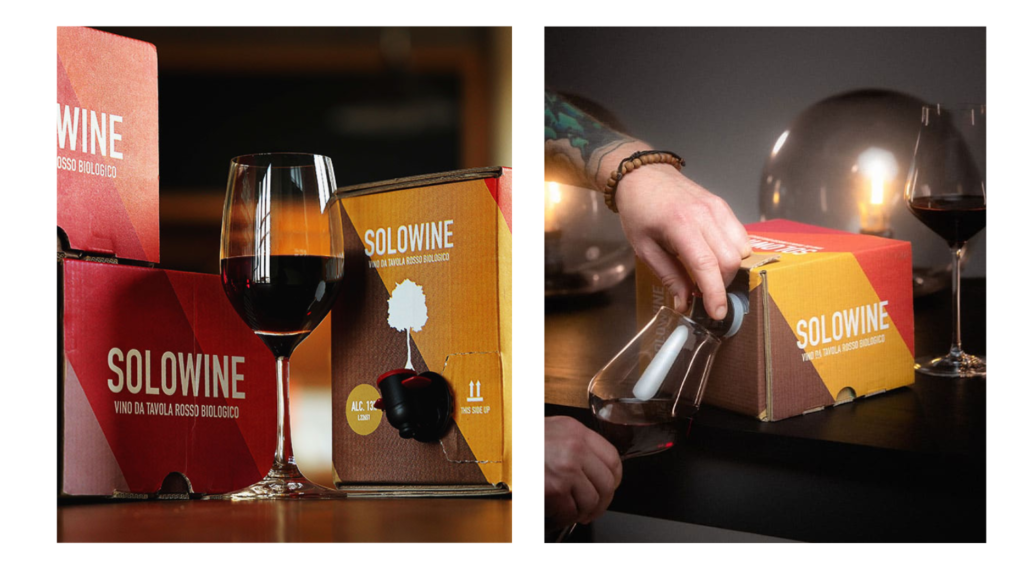
Are these formats ideal for every occasion? Certainly not. For the time being, glass bottles remain the only viable option for cellaring or aging wines. However, the vast majority of bottles are enjoyed within weeks of purchase. These ‘drink now’ wines account for over 90% of production and consumption and represent a real opportunity for the industry to make meaningful, immediate change. Did you know that the average carbon footprint of one 3L BiB is ten times lower than that of a single bottle of wine? And were you aware of the tremendous environmental impact and energy required to both produce and recycle glass (sand and energy)?! Compounding matters, the world-wide average glass recycling rate is less than 35%.
Further highlighting the need for alternative packaging are today’s evolving and divergent lifestyles. Gone are the days of only drinking wine whilst sitting down to a conventional dinner. People are on-the-go more than ever and, sadly, families are dining together far less than they used to. Alternative packaging provides an easy, convenient way to enjoy wine in less traditional situations. These packages also allow people to moderate their alcohol intake, providing single serve options or, in the case of BiB, wine that can be enjoyed over the course of a month. And if Jane wants to drink a Cabernet while James would prefer a Chardonnay, it’s now an option without having to open two different bottles.
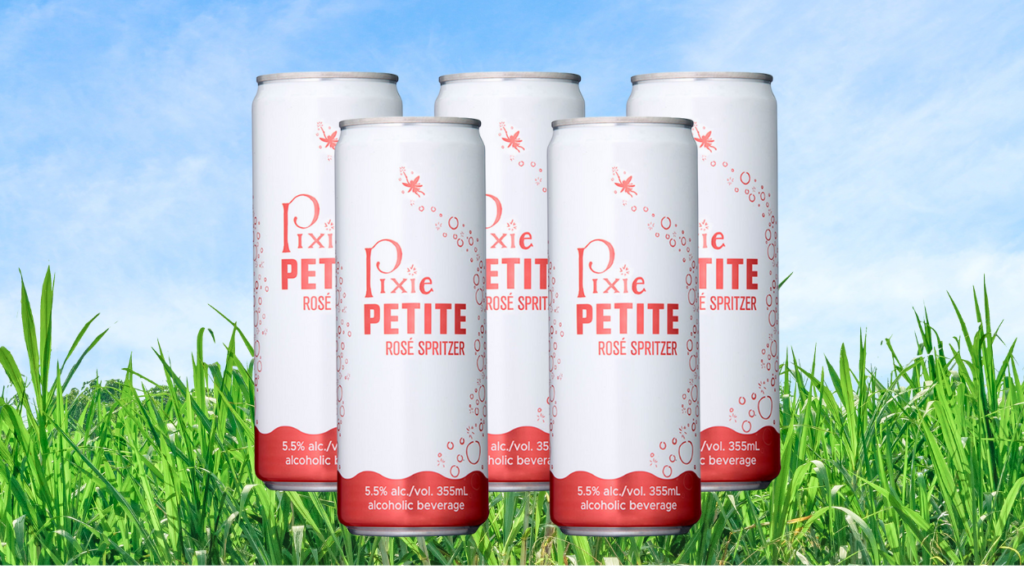
Eco-friendly, convenient, well-made. Alternative packaging is here to stay, and the options and quality are growing exponentially every year. Try some alternatively-packaged wine and judge for yourself! The LCBO is slowly expanding its selection and many Bottle Shops across the province are ahead of the game. Be an advocate, an early-adopter, a visionary within your circle. They, and our planet, will thank you for it.
Cheers!

The World’s Most Dangerous Wine – Domaine Bargylus
Domaine Barguylus is the only operating commercial winery in Syria. Situated atop the Jabal al-Ansariyeh (its ancient name was Mt. Bargylus), outside the port city
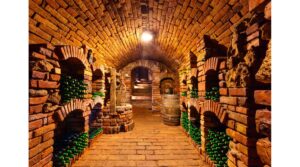
Aging Like a Fine Wine
Much like people, wine ages – it changes and evolves over time. And just like people, some wines age better than others! What is it

A Rosazzo by any other name…
Friuli, in the far northeastern corner of Italy, is one of the country’s least understood and most overlooked wine regions. Also known as Friuli-Venezia Giulia
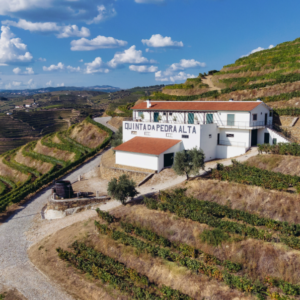
Destination Discoveries – Pedra Alta No. 10 Ten-Year-Old Tawny Port
Despite its relative decline in sales and popularity, Port remains one of the world’s great wines, and great wine values. At their best, they are
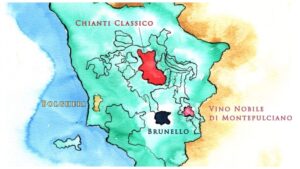
2019 Salcheto ‘Vecchie Viti del Salco’ Vino Nobile
Though lesser known than Chianti Classico and Brunello di Montalcino, Vino Nobile is one of Italy’s great wines. It was one of four regions to

Alandes Paradoux Sémillon/Sauvignon Blanc & Red Blend
Alandes (Along the Andes) is the passion project of renowned winemaker, Karim Mussi. His vision was to craft high altitude wines, using a ‘laissez-faire’ philosophy, with
